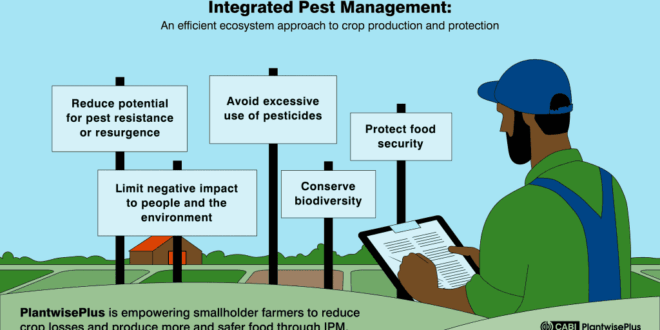The Unseen Invaders: Why Integrated Pest Control in the Kitchen Matters
Your kitchen. It’s the heart of your home, the place where delicious meals are created, memories are made, and… potentially, unwanted guests set up camp. Yes, we’re talking about pests. Cockroaches, ants, rodents, flies – the list goes on. And while the occasional bug might seem harmless, an uncontrolled infestation can lead to serious health risks, food contamination, and a general feeling of ick that no one wants in their cooking space.
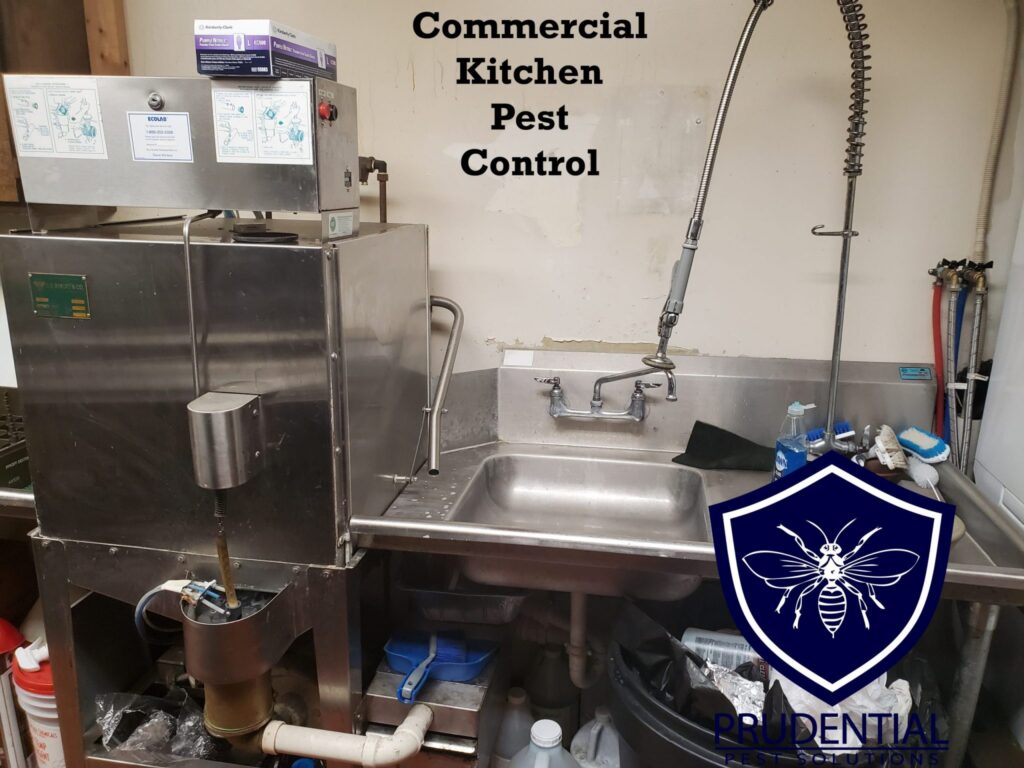
That’s where Integrated Pest Control (IPC) comes in. Forget the outdated approach of simply blasting everything with harsh chemicals. IPC is a smart, sustainable, and long-term strategy that focuses on preventing pest problems before they even start. It’s about understanding pest behavior, identifying vulnerabilities in your kitchen environment, and implementing a multi-faceted approach that minimizes the use of pesticides while maximizing effectiveness.

Think of it as a holistic approach to kitchen cleanliness and hygiene, designed to keep your food safe and your family healthy. This isn’t just about killing bugs; it’s about creating an environment that’s inhospitable to them in the first place.
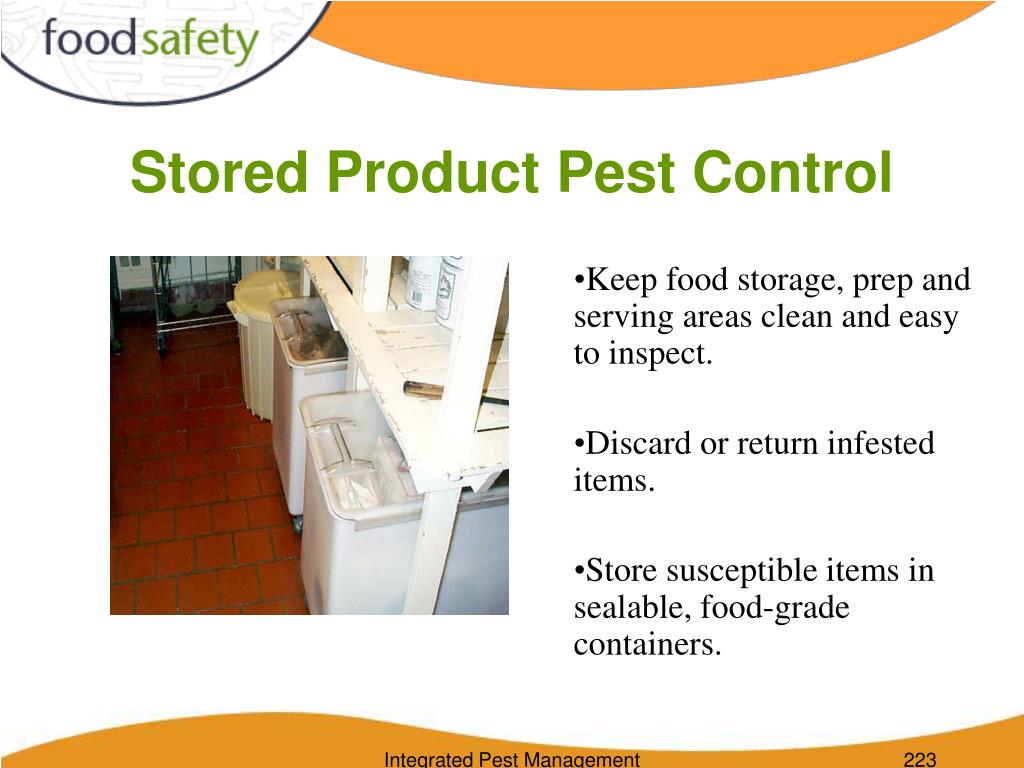
Understanding the Enemy: Common Kitchen Pests and Their Habits
Before you can effectively fight back, you need to know who you’re up against. Here’s a rundown of some of the most common kitchen pests and their favorite hangouts:
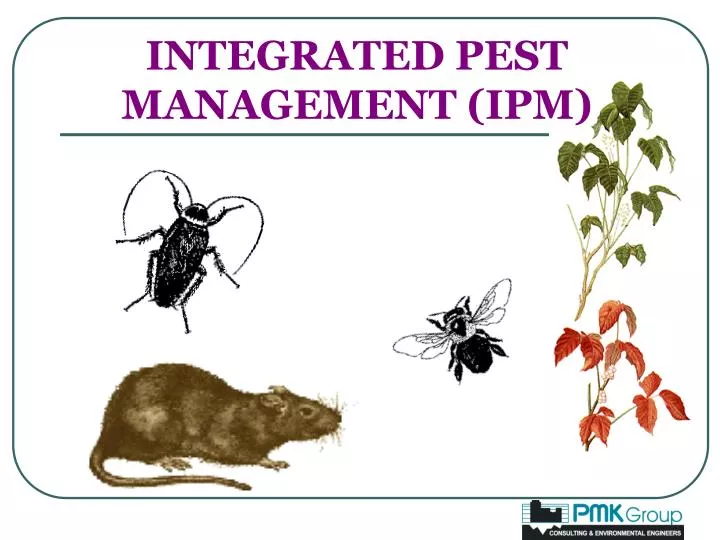
- Cockroaches: The ultimate scavengers, cockroaches are attracted to food scraps, moisture, and dark, warm places. They can contaminate food with bacteria and allergens, and they reproduce quickly. Common hiding spots include under sinks, behind appliances, and in cracks and crevices.
- Ants: Tiny but mighty, ants can infiltrate even the cleanest kitchens in search of sugary or protein-rich foods. They often travel in trails, making them easy to track back to their nest. Common entry points include cracks in walls, windows, and doorways.
- Rodents (Mice and Rats): These furry invaders are attracted to food, water, and shelter. They can contaminate food with urine, feces, and disease-causing pathogens. They can also cause structural damage by gnawing on electrical wires and pipes. Look for signs like droppings, gnaw marks, and shredded nesting materials.
- Flies: Fruit flies and house flies are attracted to ripe fruits, vegetables, and decaying organic matter. They can transmit diseases and are a general nuisance. Breeding sites include garbage cans, drains, and compost bins.
- Pantry Pests (Moths, Beetles, Weevils): These pests infest stored food products like grains, flour, cereals, and dried fruits. They can contaminate food and make it unpalatable. Look for signs like small holes in packaging, webbing, and larvae in food.
Knowing what attracts these pests to your kitchen is half the battle. Once you understand their habits, you can start to eliminate the things that make your kitchen so appealing to them.
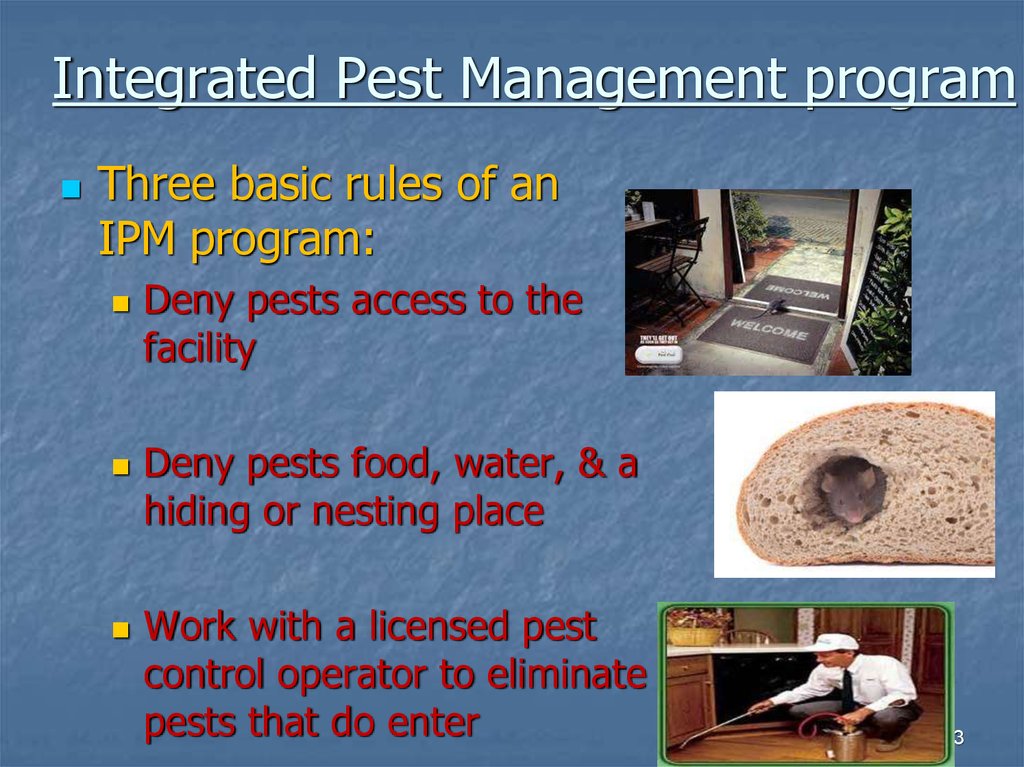
The Pillars of Integrated Pest Control: A Step-by-Step Approach
Integrated Pest Control isn’t a one-size-fits-all solution. It’s a customized approach that combines multiple strategies to achieve long-term pest control. Here’s a breakdown of the key pillars:

1. Prevention: The First Line of Defense
Prevention is always better than cure. By taking proactive steps to eliminate pest attractants and entry points, you can significantly reduce your risk of infestation.
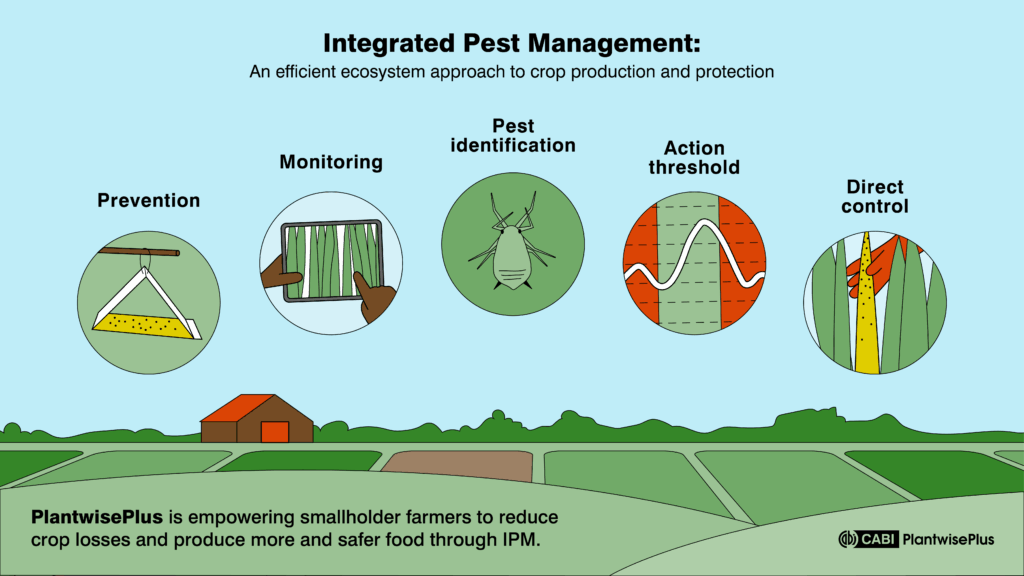
- Seal Entry Points: Inspect your kitchen for cracks, holes, and gaps in walls, windows, and doorways. Seal these openings with caulk, sealant, or weather stripping. Pay special attention to areas around pipes and electrical conduits.
- Maintain Good Sanitation: This is arguably the most important aspect of IPC. Clean up spills immediately, wipe down counters and stovetops after cooking, and sweep or vacuum floors regularly. Don’t let food scraps accumulate in hard-to-reach places.
- Proper Food Storage: Store food in airtight containers to prevent pests from accessing it. This is especially important for dry goods like flour, sugar, cereal, and pasta. Consider using glass or metal containers instead of plastic bags or cardboard boxes.
- Manage Waste Properly: Keep garbage cans clean and covered. Dispose of food waste regularly, and consider using a compost bin for vegetable scraps. Clean your garbage disposal regularly to prevent odors and buildup.
- Control Moisture: Pests are attracted to moisture, so fix any leaks or drips in your plumbing. Ensure proper ventilation in your kitchen to prevent humidity buildup. Wipe up any standing water promptly.
2. Monitoring: Keeping a Close Watch
Regular monitoring is essential for detecting pest problems early on. By identifying pests before they become established, you can take targeted action to prevent them from multiplying.
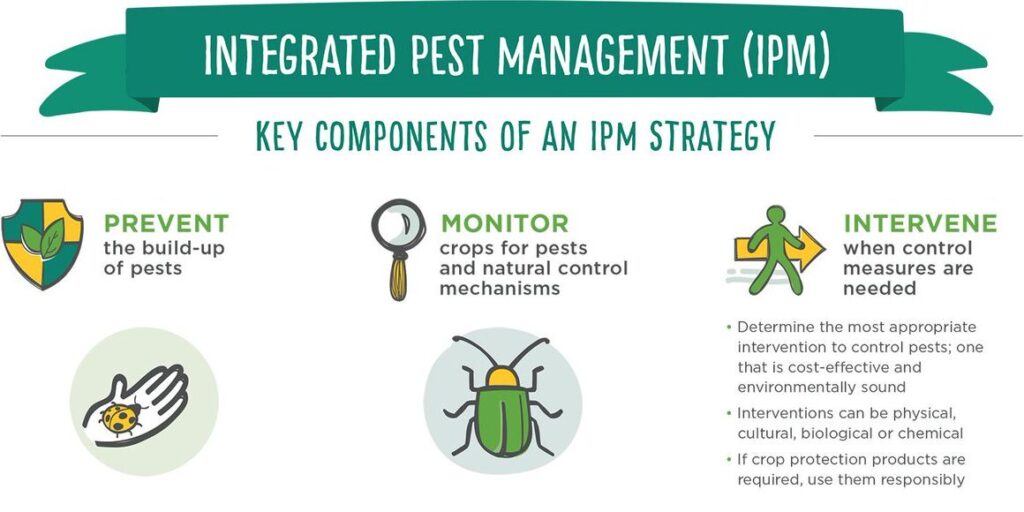
- Visual Inspections: Regularly inspect your kitchen for signs of pests, such as droppings, gnaw marks, egg casings, or live insects. Pay attention to areas where pests are likely to hide, such as under sinks, behind appliances, and in pantries.
- Traps and Baits: Use non-toxic traps and baits to monitor pest activity. Sticky traps can be placed in areas where pests are likely to travel, such as along walls and under appliances. Bait stations can be used to attract and kill ants and other insects.
- Professional Inspections: Consider hiring a pest control professional to conduct regular inspections, especially if you have a history of pest problems. They can identify potential vulnerabilities and recommend appropriate control measures.
3. Identification: Knowing Your Enemy
Accurate identification is crucial for effective pest control. Different pests require different control strategies, so it’s important to know what you’re dealing with. If you’re unsure about the identity of a pest, consult a pest control professional or use a reliable online resource.
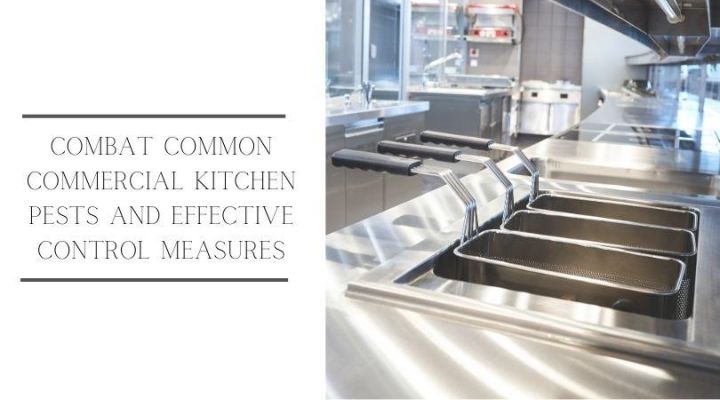
Take clear photos of the pests you find and note their size, shape, color, and behavior. This information will help you or a professional identify the pest accurately.
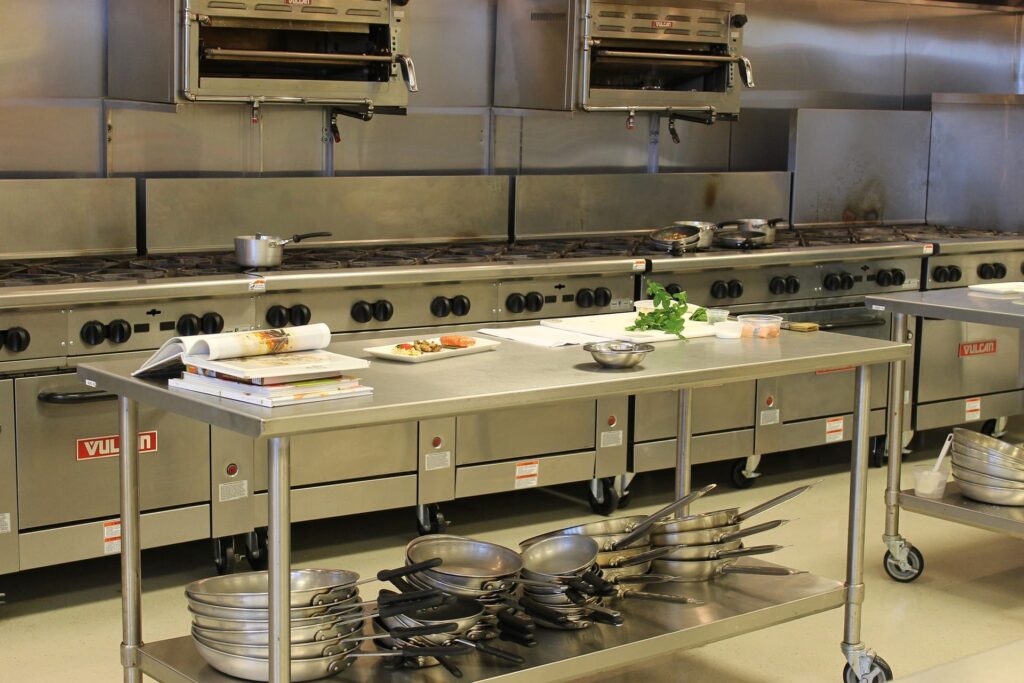
4. Action Thresholds: When to Take Action
An action threshold is the point at which pest populations reach a level that requires intervention. This threshold will vary depending on the type of pest, the severity of the infestation, and your tolerance level. For example, you might tolerate a few ants in your kitchen during the summer, but you wouldn’t tolerate a cockroach infestation.
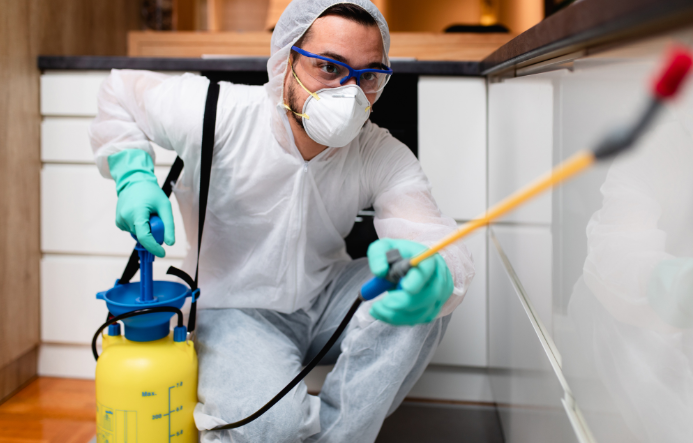
Setting action thresholds helps you avoid unnecessary pesticide applications. Instead of automatically spraying chemicals at the first sign of a pest, you can wait until the population reaches a level that justifies intervention.
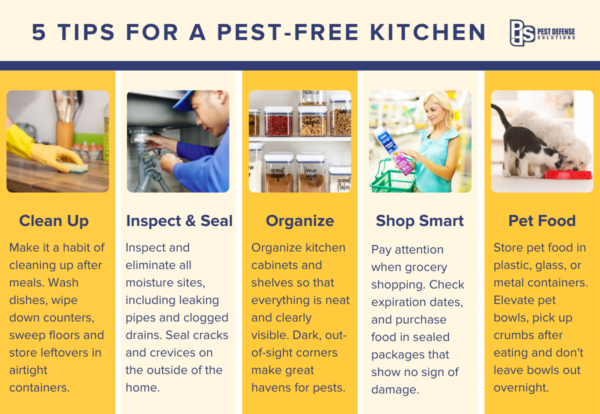
5. Control Strategies: A Multi-Pronged Approach
Once you’ve identified a pest problem and determined that it requires action, it’s time to implement control strategies. IPC emphasizes a multi-pronged approach that combines non-chemical and chemical methods.
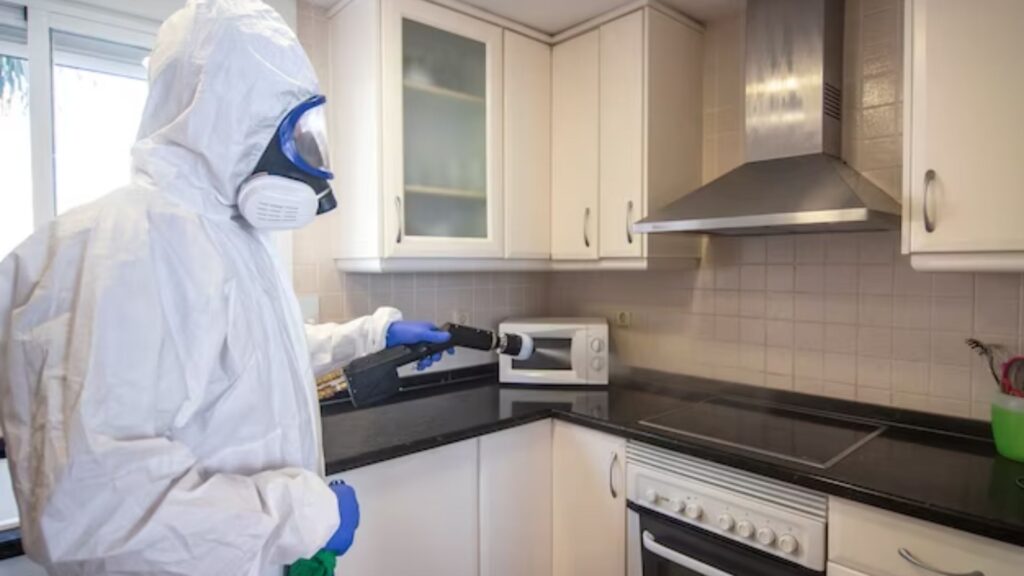
Non-Chemical Control Methods:
- Sanitation: As mentioned earlier, good sanitation is essential for controlling pests. Clean up spills, wipe down surfaces, and store food properly.
- Exclusion: Seal entry points to prevent pests from entering your kitchen.
- Trapping: Use traps to capture and remove pests.
- Vacuuming: Vacuum up insects and their eggs.
- Heat Treatment: Heat can be used to kill pests in infested areas. For example, you can heat-treat infested pantry items in an oven or freezer.
- Biological Control: Introduce natural predators or parasites to control pest populations. This is more common in agricultural settings but can also be used in some home environments.
- Diatomaceous Earth (DE): This natural powder is made from fossilized diatoms and can be used to kill insects by dehydrating them. Sprinkle DE in areas where pests are likely to travel, such as along walls and under appliances. Be sure to use food-grade DE, which is safe for use around humans and pets.
Chemical Control Methods:
Pesticides should be used as a last resort, and only when non-chemical methods have failed. When using pesticides, always follow the label instructions carefully and use the least toxic option available.
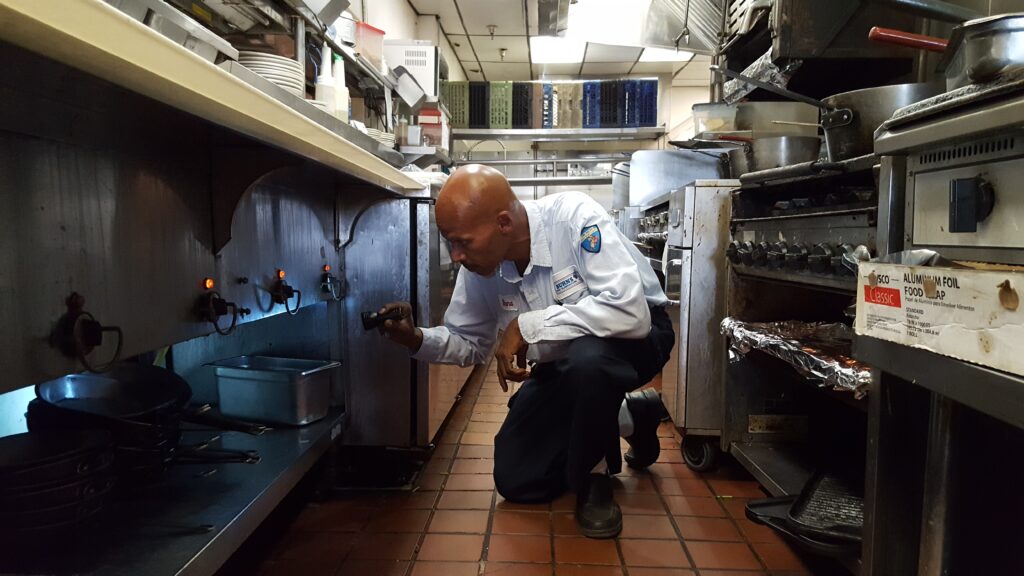
- Baits: Baits are a targeted way to deliver pesticides to pests. They contain a food attractant that lures pests to the bait, where they ingest the pesticide.
- Sprays: Sprays can be used to kill pests on contact. However, they can also be harmful to humans and pets, so use them sparingly and only in areas where pests are present.
- Dusts: Dusts can be used to treat cracks and crevices where pests are likely to hide.
- Insect Growth Regulators (IGRs): IGRs disrupt the development of insects, preventing them from reproducing. They are a less toxic alternative to traditional pesticides.
Important Note: When using any type of pesticide, always read and follow the label instructions carefully. Wear appropriate protective gear, such as gloves and a mask, and keep children and pets away from treated areas.
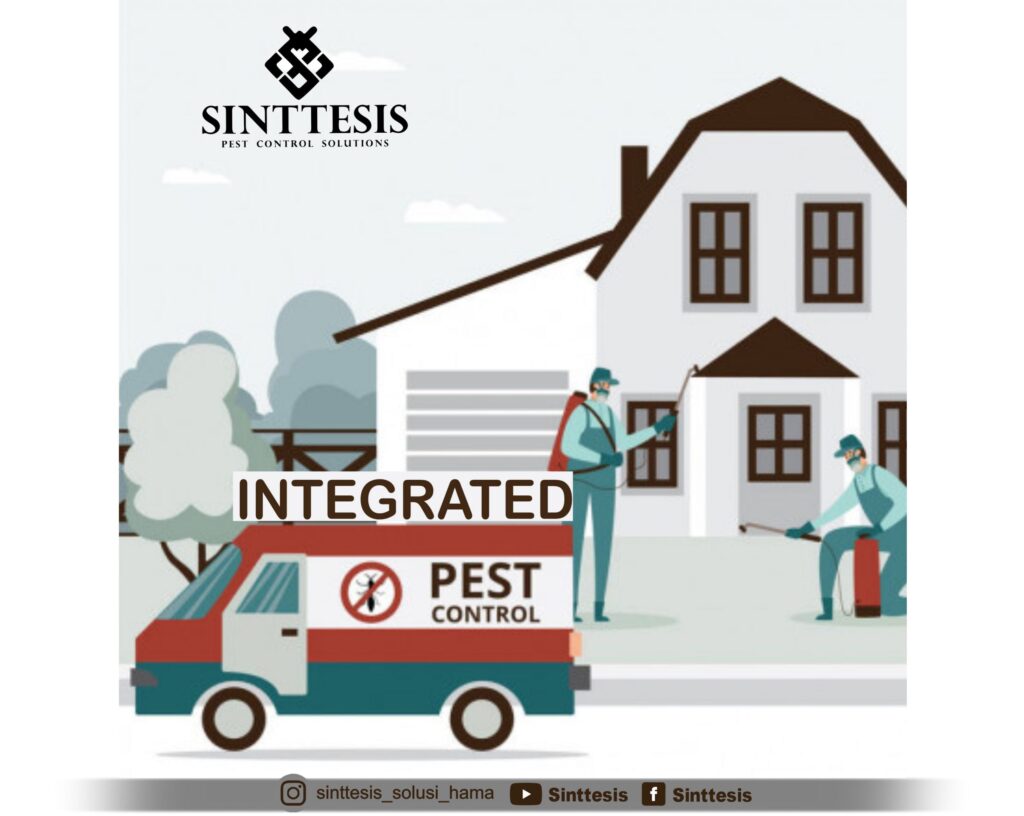
6. Evaluation: Measuring Success and Adjusting Strategies
The final step in IPC is evaluation. After implementing control strategies, it’s important to monitor their effectiveness and make adjustments as needed. Are pest populations declining? Are you seeing fewer signs of infestation? If not, you may need to try different control methods or adjust your approach.
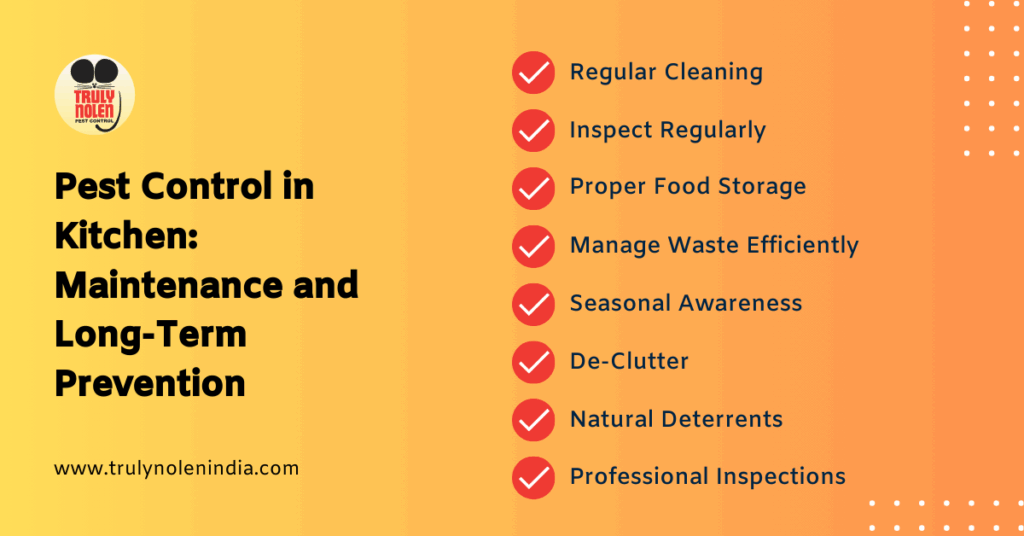
Keep detailed records of your pest control efforts, including the dates of treatments, the types of pesticides used, and the results of monitoring. This information will help you track your progress and identify any trends.
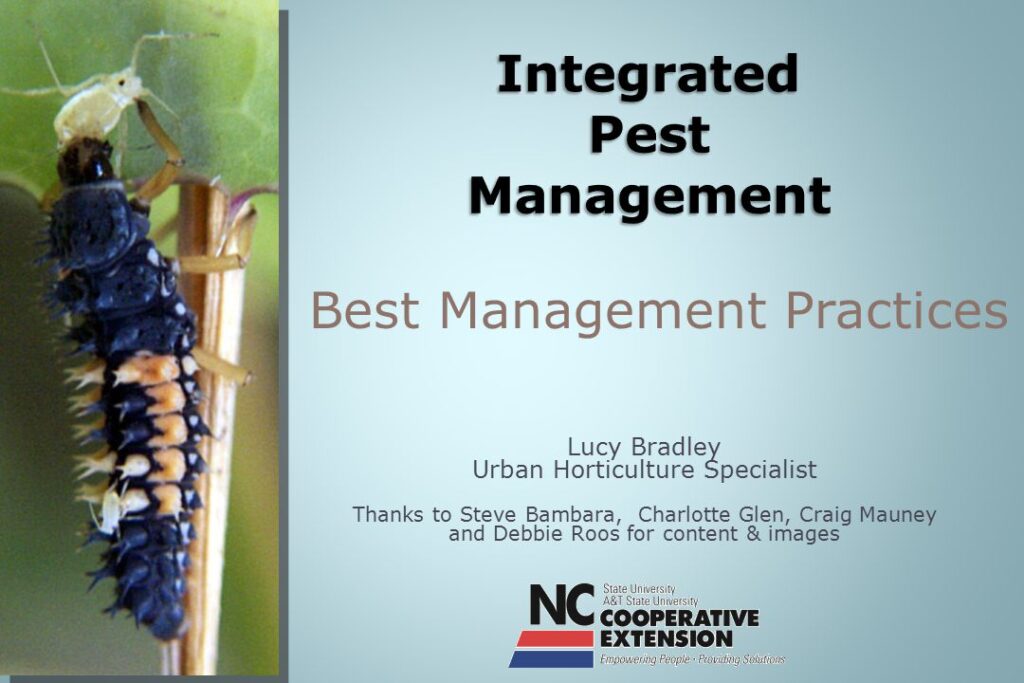
Specific Pest Control Strategies for Common Kitchen Pests
Now that you understand the principles of Integrated Pest Control, let’s take a closer look at specific strategies for controlling some of the most common kitchen pests.
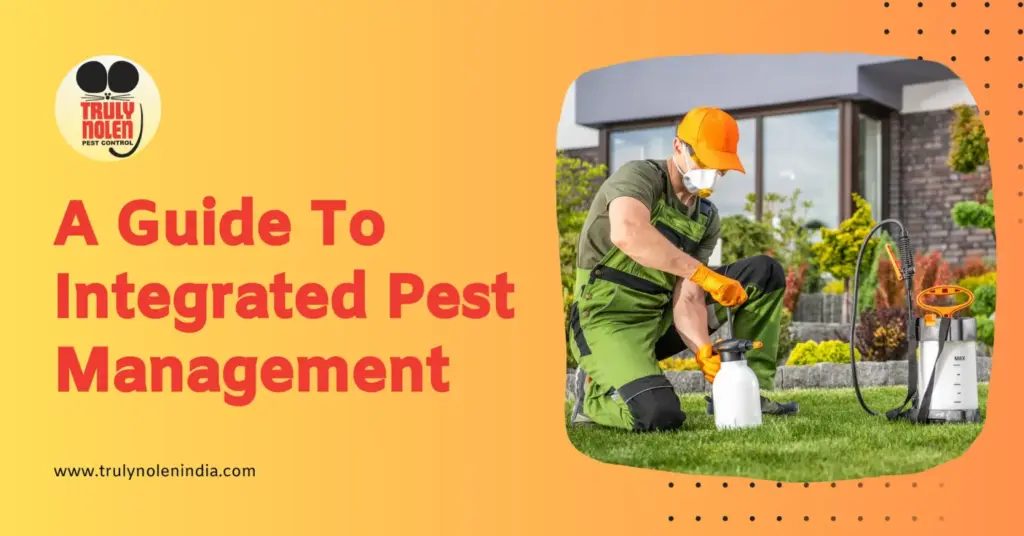
Cockroach Control:
- Eliminate Food and Water Sources: Cockroaches are attracted to food and water, so it’s important to keep your kitchen clean and dry. Clean up spills immediately, wipe down counters and stovetops after cooking, and fix any leaks or drips.
- Seal Entry Points: Seal cracks, holes, and gaps in walls, windows, and doorways to prevent cockroaches from entering your kitchen.
- Use Baits: Cockroach baits are a highly effective way to control cockroach populations. Place baits in areas where cockroaches are likely to travel, such as under sinks, behind appliances, and in pantries.
- Apply Insecticides: If baits are not effective, you may need to apply insecticides to cracks and crevices where cockroaches are likely to hide.
Ant Control:
- Track the Trail: Follow ant trails back to their nest and eliminate the nest directly if possible.
- Use Baits: Ant baits are a good way to control ant populations. Place baits near ant trails, and let the ants carry the bait back to their nest.
- Wipe Away Trails: Ants use pheromones to create trails, so wipe away ant trails with soap and water to disrupt their communication.
- Seal Entry Points: Seal cracks, holes, and gaps in walls, windows, and doorways to prevent ants from entering your kitchen.
Rodent Control:
- Eliminate Food and Shelter: Rodents are attracted to food and shelter, so it’s important to keep your kitchen clean and free of clutter. Store food in airtight containers and eliminate any potential nesting sites.
- Seal Entry Points: Seal cracks, holes, and gaps in walls, windows, and doorways to prevent rodents from entering your kitchen. Rodents can squeeze through surprisingly small openings.
- Use Traps: Snap traps and glue traps can be used to capture and remove rodents. Place traps in areas where rodents are likely to travel, such as along walls and behind appliances.
- Consider Professional Assistance: For severe rodent infestations, consider hiring a pest control professional. They have the expertise and equipment to effectively eliminate rodent populations.
Fly Control:
- Eliminate Breeding Sites: Flies breed in decaying organic matter, so it’s important to eliminate potential breeding sites, such as garbage cans, drains, and compost bins.
- Keep Surfaces Clean: Wipe up spills and clean surfaces regularly to prevent flies from being attracted to your kitchen.
- Use Fly Traps: Fly traps can be used to capture and kill flies.
- Repair Screens: Ensure all window and door screens are intact to prevent flies from entering your kitchen.
Pantry Pest Control:
- Inspect Food Items: Carefully inspect all food items for signs of infestation before storing them in your pantry.
- Store Food in Airtight Containers: Store food in airtight containers to prevent pests from accessing it.
- Clean Up Spills: Clean up spills immediately to prevent pests from being attracted to your pantry.
- Freeze Infested Items: Freeze infested food items for several days to kill any pests.
- Discard Heavily Infested Items: Discard heavily infested food items in a sealed bag to prevent the pests from spreading.
The Benefits of Integrated Pest Control: A Healthier, Safer Kitchen
Implementing Integrated Pest Control in your kitchen offers numerous benefits:
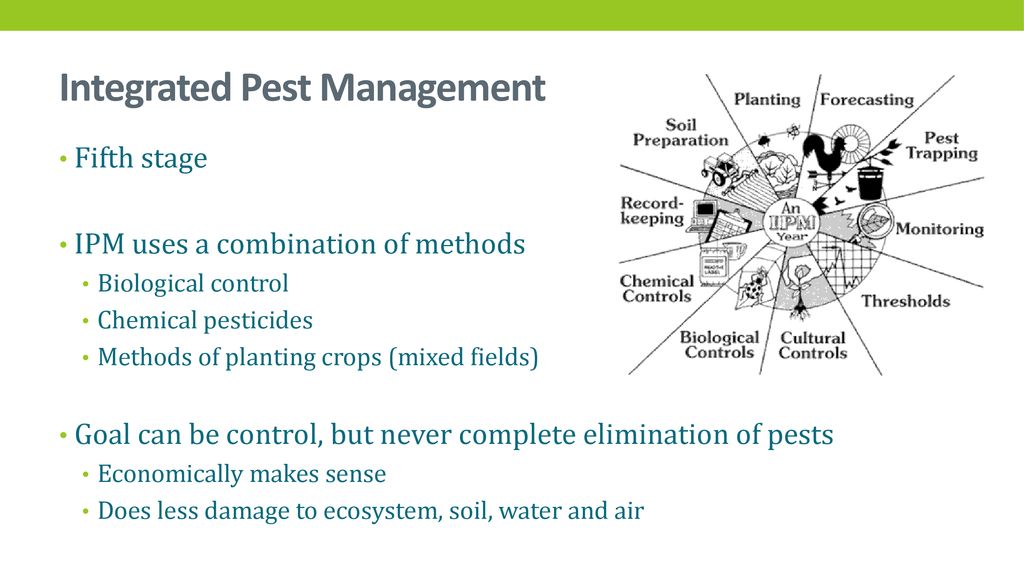
- Reduced Pesticide Use: IPC minimizes the use of harsh chemicals, creating a safer environment for you, your family, and your pets.
- Long-Term Solutions: IPC focuses on preventing pest problems from recurring, rather than just treating the symptoms.
- Cost-Effective: While the initial investment in IPC may be higher than simply spraying chemicals, the long-term benefits can save you money by preventing costly infestations.
- Improved Food Safety: By preventing pests from contaminating your food, IPC helps to protect your health and well-being.
- Environmental Responsibility: IPC is a sustainable approach to pest control that minimizes the impact on the environment.
Beyond the Basics: Advanced IPC Techniques
For those looking to take their IPC efforts to the next level, here are some advanced techniques to consider:
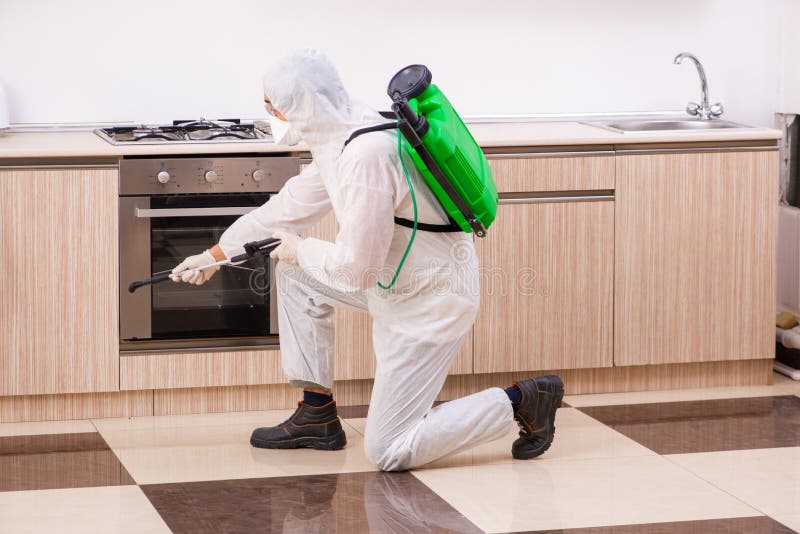
- Using Insect Growth Regulators (IGRs): IGRs are a type of pesticide that disrupts the development of insects, preventing them from reproducing. They are a less toxic alternative to traditional pesticides and can be particularly effective against cockroaches and ants.
- Implementing Exclusion Devices: Exclusion devices, such as door sweeps and rodent-proof screens, can be used to physically prevent pests from entering your kitchen.
- Using Natural Repellents: Certain natural substances, such as essential oils and herbs, can repel pests. For example, peppermint oil can repel ants, and bay leaves can repel pantry moths.
- Working with a Pest Management Professional (PMP): A PMP can provide expert advice and assistance in developing and implementing an IPC program tailored to your specific needs. They can also identify potential vulnerabilities and recommend appropriate control measures.
The Future of Kitchen Pest Control: Embracing Innovation
The field of pest control is constantly evolving, with new technologies and strategies emerging all the time. Some of the innovations to watch out for include:
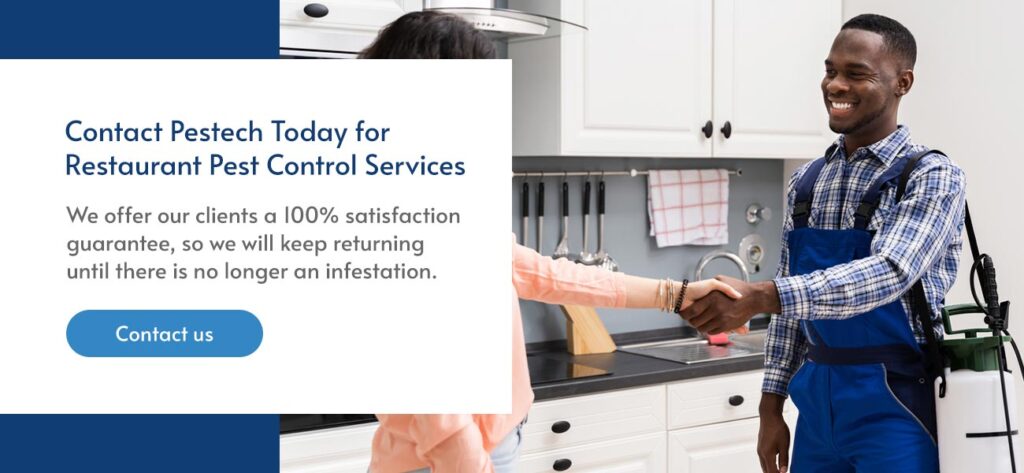
- Smart Traps: These traps use sensors to detect and identify pests, and they can even send alerts to your smartphone when a pest is caught.
- Drone Technology: Drones can be used to inspect hard-to-reach areas for signs of pests, such as roof voids and crawl spaces.
- Genetic Pest Control: This involves using genetic engineering to control pest populations. For example, scientists are developing genetically modified mosquitoes that are unable to transmit diseases.
- AI-Powered Pest Management: Artificial intelligence (AI) can be used to analyze data from pest monitoring systems and predict pest outbreaks. This allows pest control professionals to take proactive action to prevent infestations.
Conclusion: Taking Control of Your Kitchen Environment
Integrated Pest Control is more than just killing bugs; it’s about creating a healthy, safe, and sustainable kitchen environment. By understanding the principles of IPC and implementing a multi-faceted approach, you can take control of your kitchen and protect your family from the harmful effects of pests. Remember, prevention is key, monitoring is essential, and a combination of non-chemical and chemical methods can be used to achieve long-term pest control. So, take the first step today and start implementing Integrated Pest Control in your kitchen. Your health, your food, and your peace of mind will thank you for it.
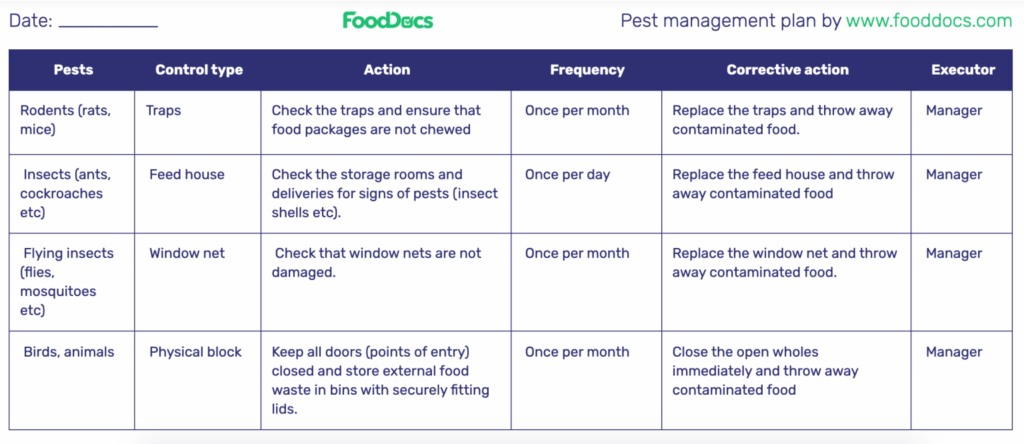
 Nimila
Nimila
